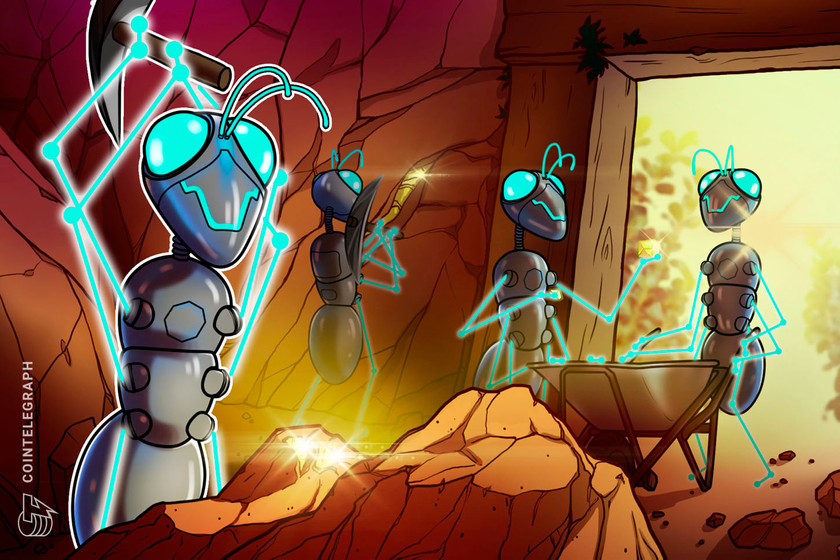
These efforts are sure to help get many Terra projects back on their feet following last week's devastating events.
Numerous developers have been left in uncertainty in the aftermath of the Terra (LUNA) collapse. These Terra-based projects, which are already under a lot of pressure, may be able to save their communities and projects by migrating to other networks.
In a move that is expected to benefit both the Polygon (MATIC) community and Terra projects, Polygon Studios' CEO Ryan Wyatt tweeted on Monday that Polygon is working with a number of Terra projects to assist them migrating to the Polygon Network. The Polygon community, according to Wyatt, "is ready to welcome the developers and communities of these Terra projects." He also stated that Polygon would provide the capital and resources needed to assist them in their migration.
Polygon founder Sandeep Nailwal added his two cents by detailing the options most suitable for Terra projects. He suggested that Polygon's proof-of-stake (PoS) chain may be utilized by community projects needing a common chain. Nailwal noted that zk-Rollups will be available on the PoS network soon.
Layer-1 blockchain project Fantom (FTM) also extended its support to the Terra community by stating that Fantom is prepared to assist any project or developer who desires to move away from Terra blockchain. The team at Fantom also detailed a grant program to help with integration, marketing and connections.
Any Terra Luna projects out there looking for a new chain, please PM us.
— Fantom Foundation (@FantomFDN) May 15, 2022
Fantom’s uptime is 100%, fast, low-cost, and reliable, with a great community.
Can assist with a grant program, integration, marketing, and connections.#terra #Terra_Luna #Luna
These efforts are sure to help get many Terra projects back on their feet following last week's events. Do Kwon, the creator of Terra, finally spoke up and offered a recovery plan. The possibility of implementing a hard fork in the Terra blockchain is one of the ideas being considered. However, because there is an overabundance of LUNA in the market right now, Binance CEO Changpeng Zhao stated that this approach will not work.
Related: 80,000 Bitcoin gone: What’s left in Luna’s reserve wallet?
Despite his reservations, CZ agreed to offer assistance to the Terra community. He stated that:
“Regardless of my personal views, or the solution chosen in the end, we will always be here to support the community in any way we can.”
Ethereum co-founder Vitalik Buterin has also offered his opinion on the issue. Buterin thinks that any repayment plan for Terra should give special consideration to small investors.




































